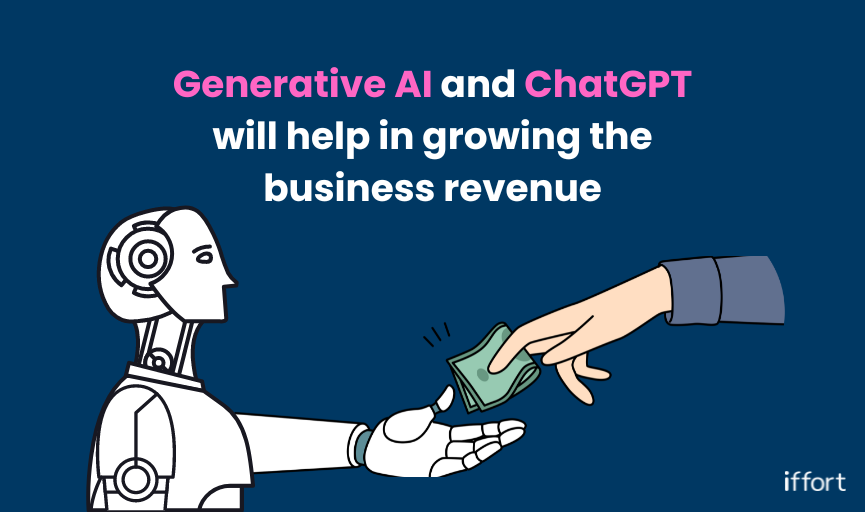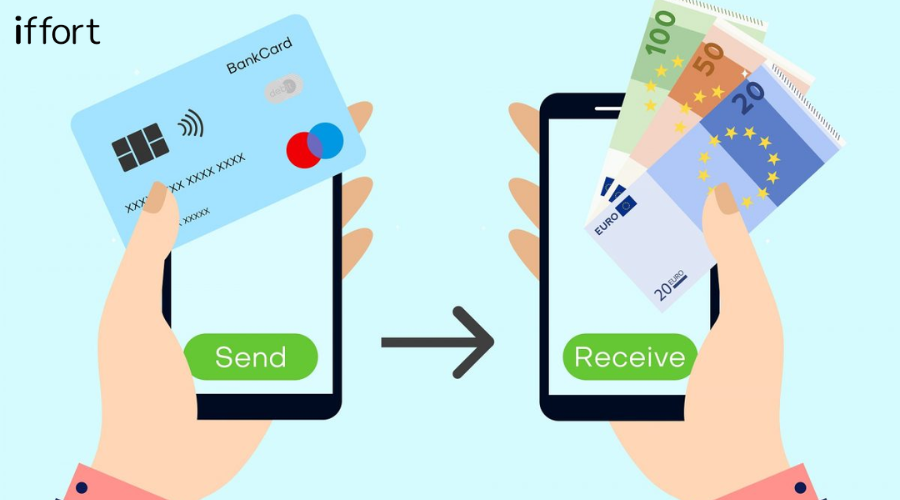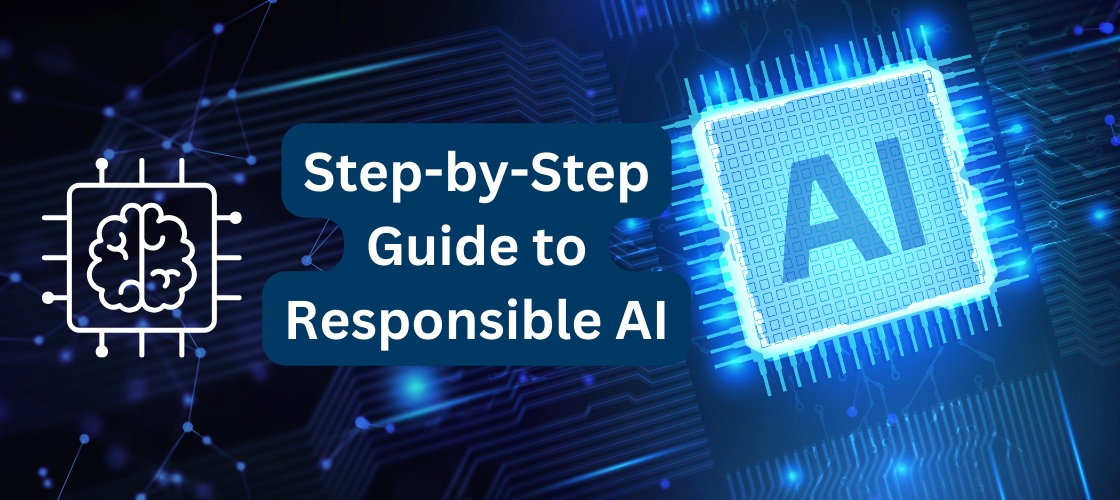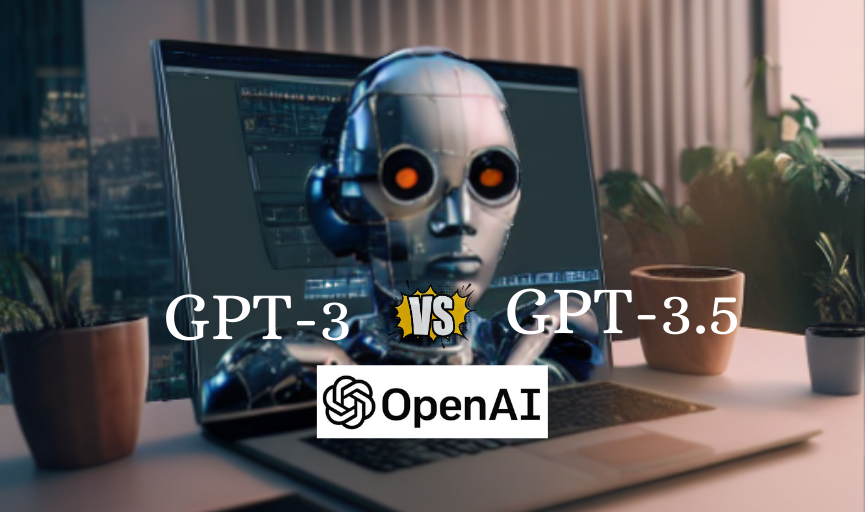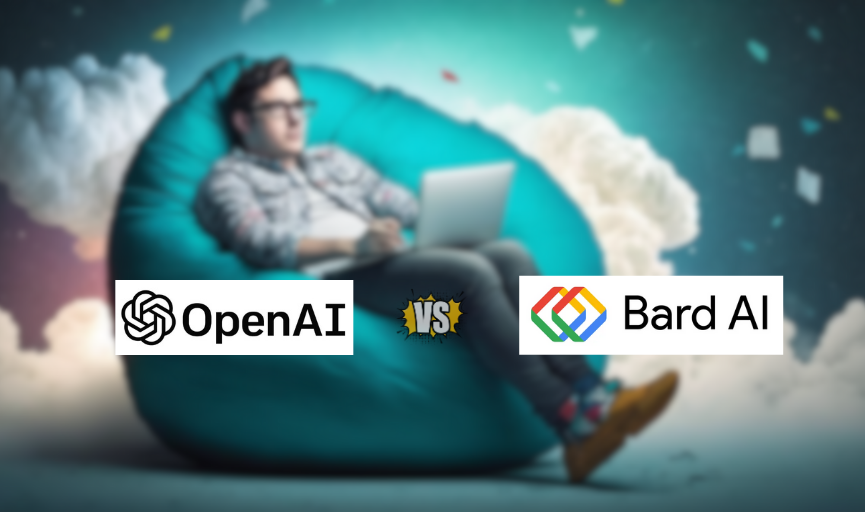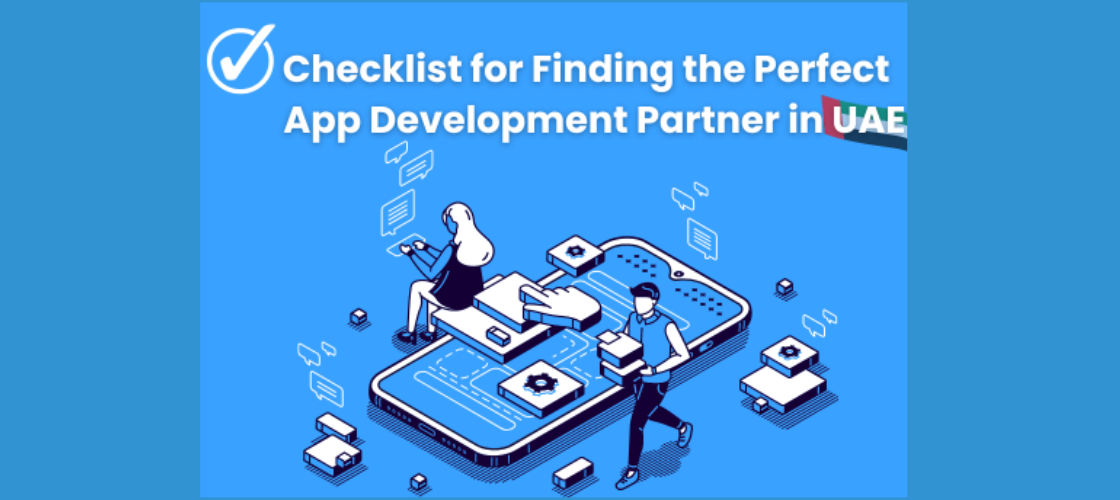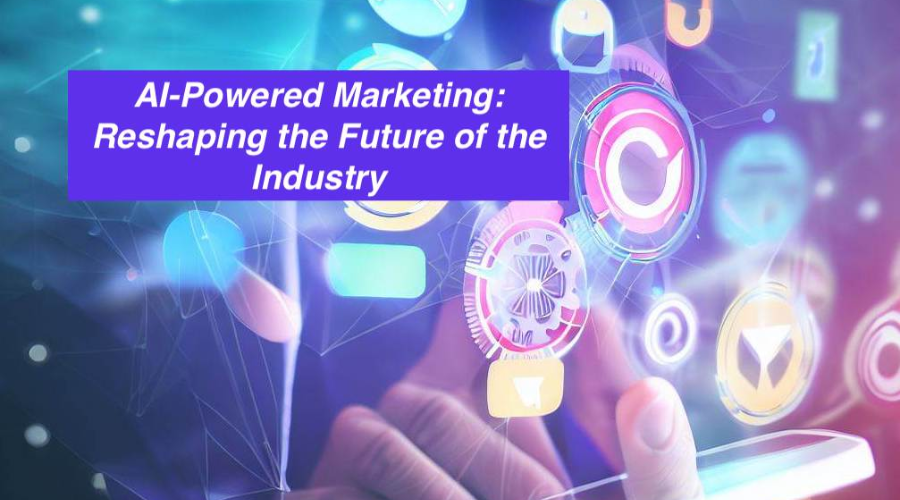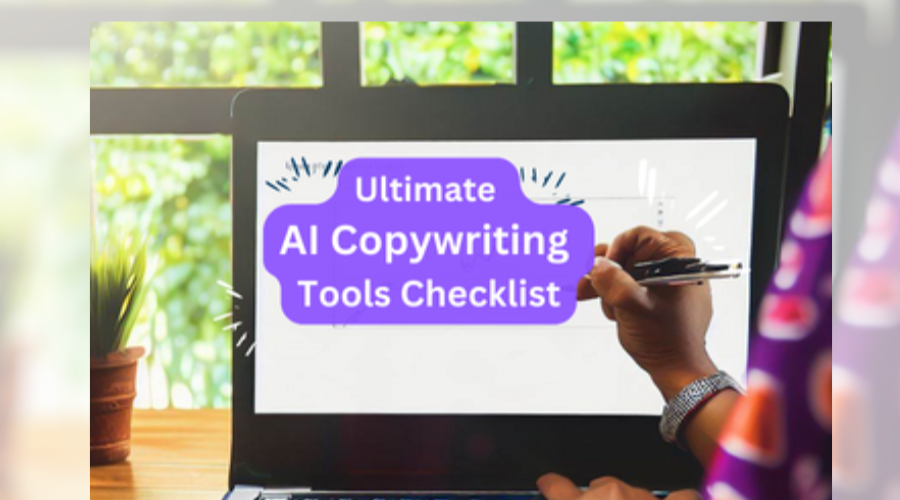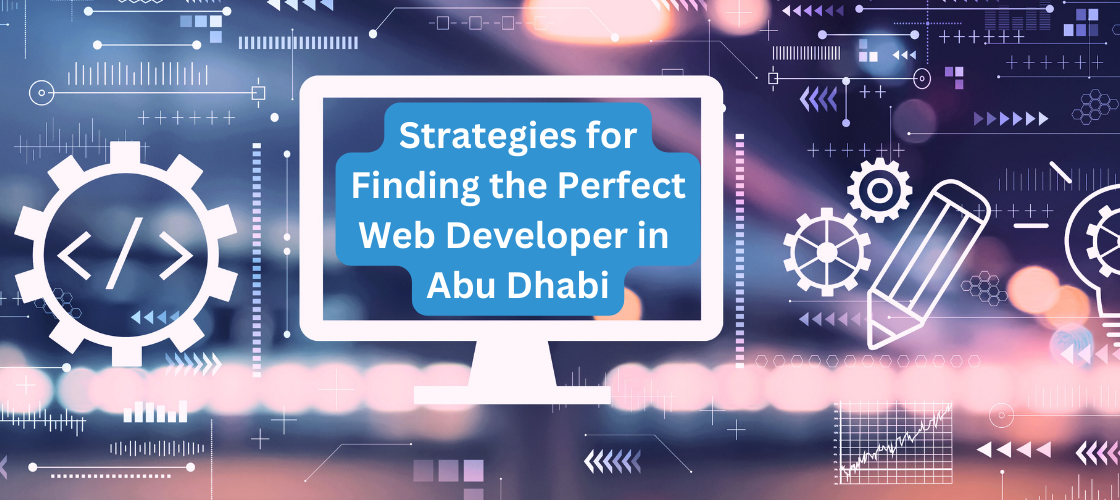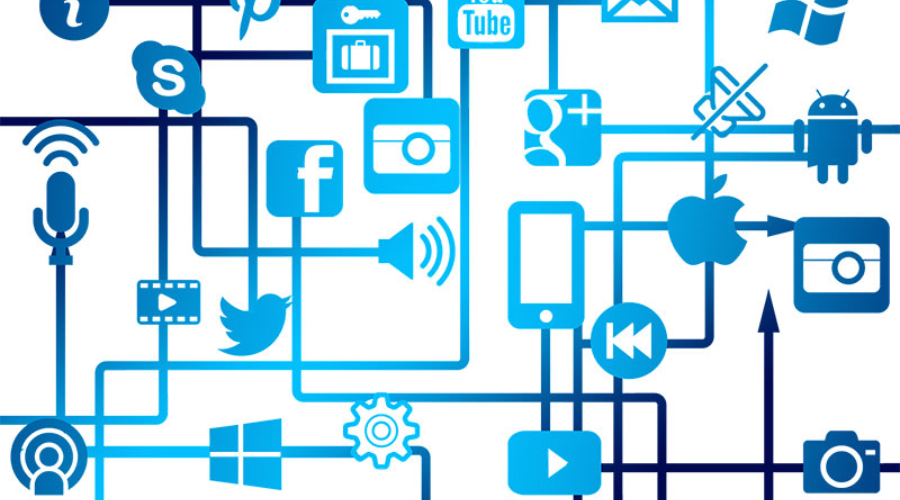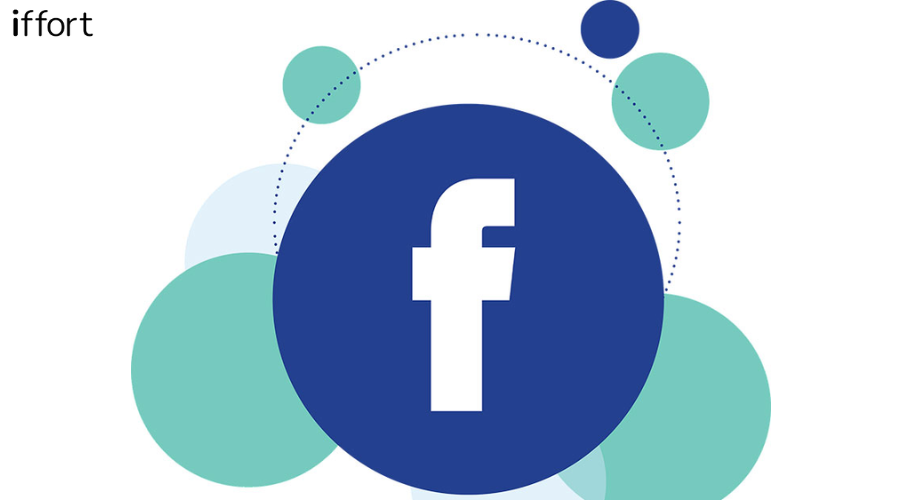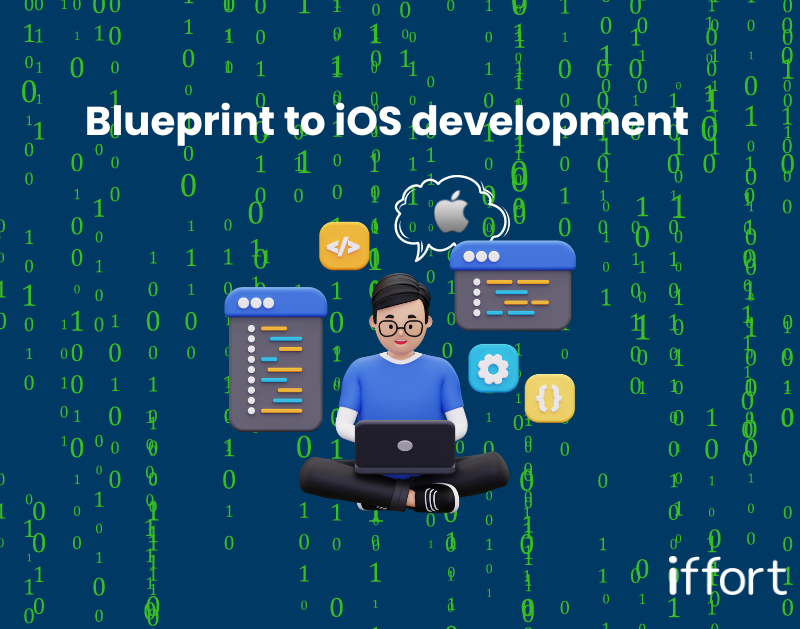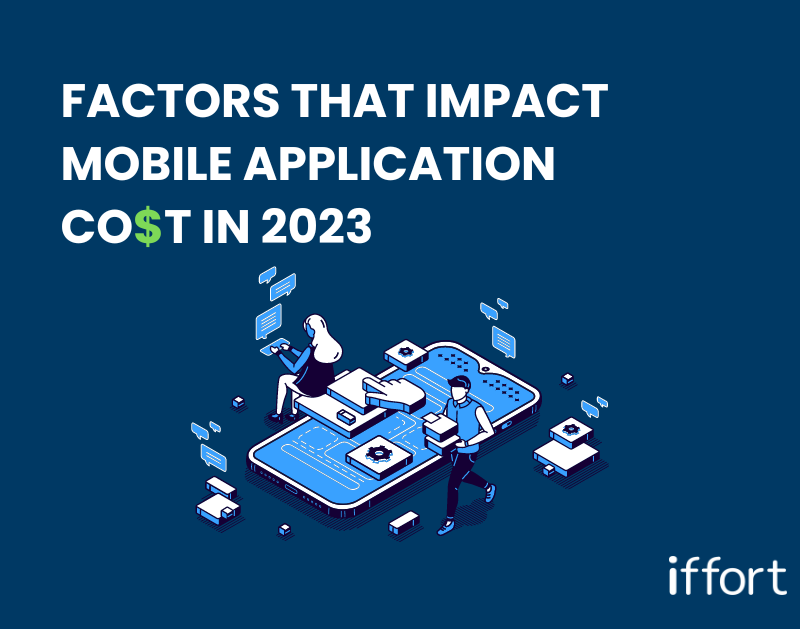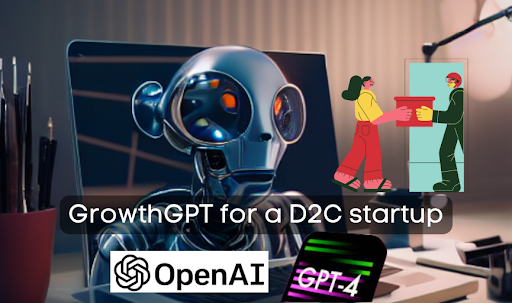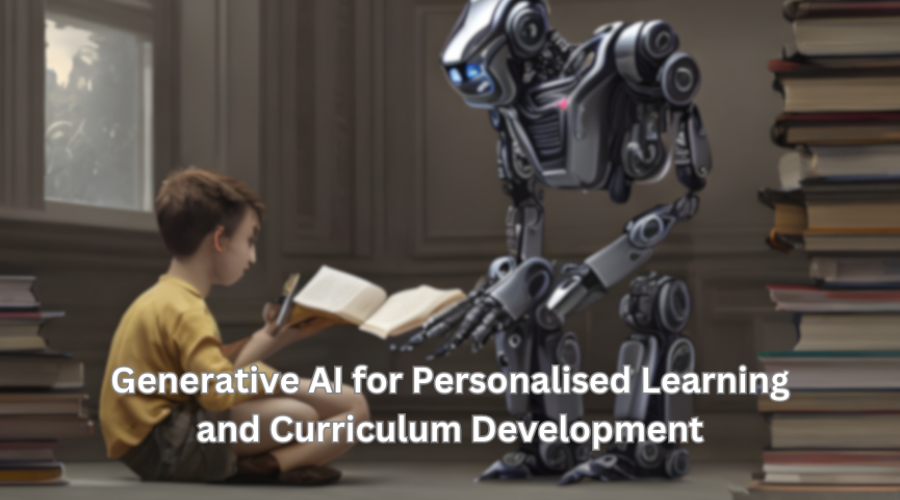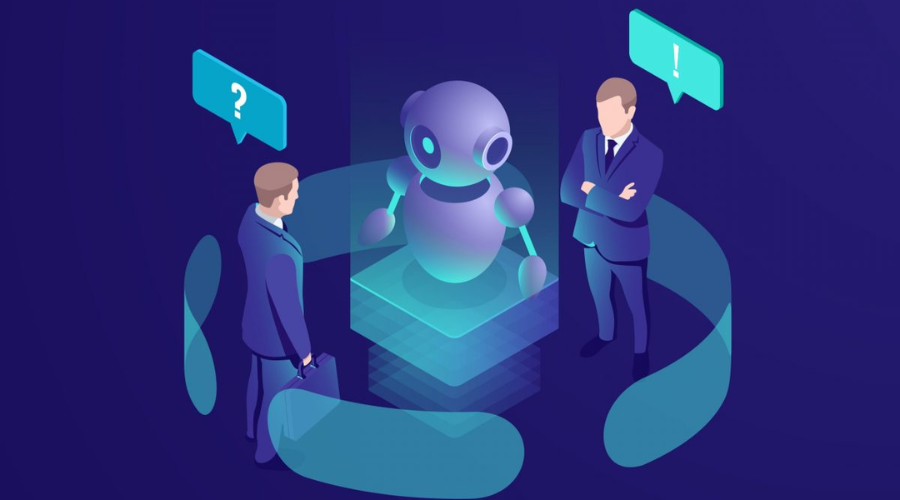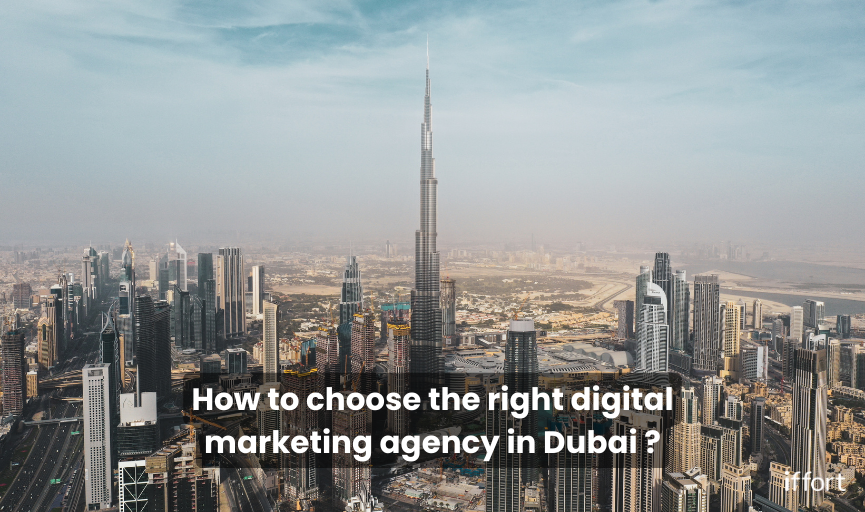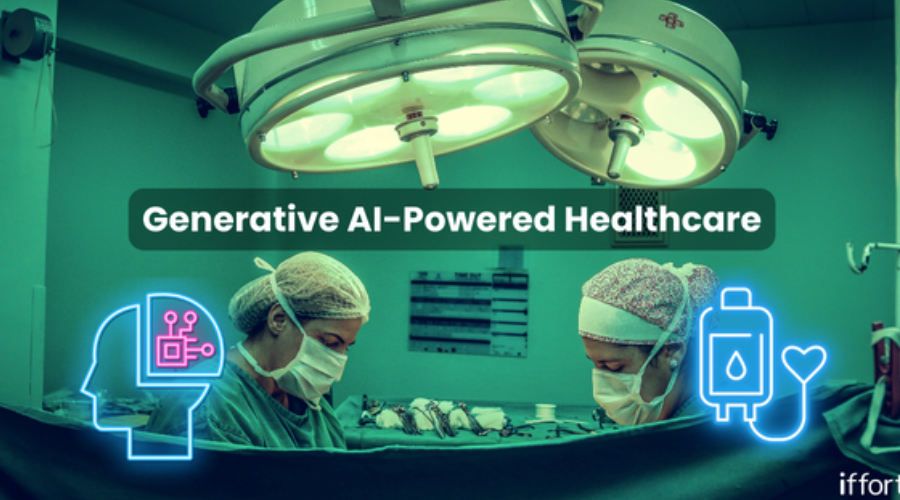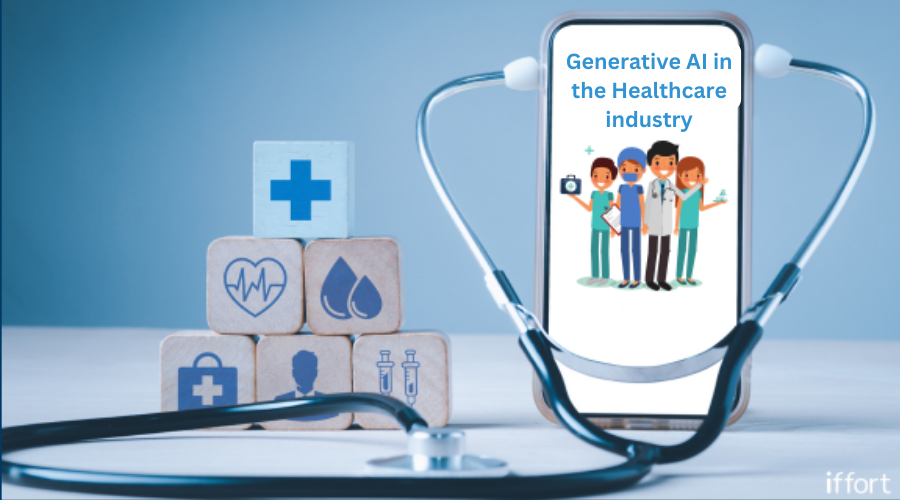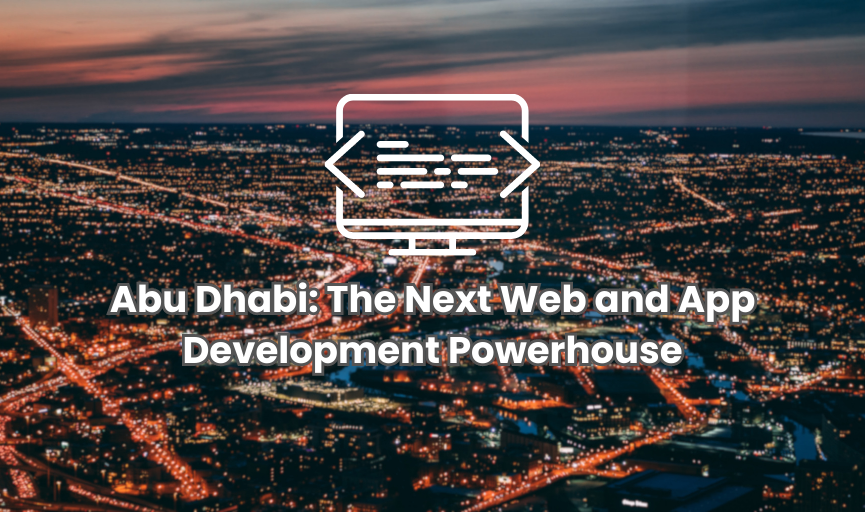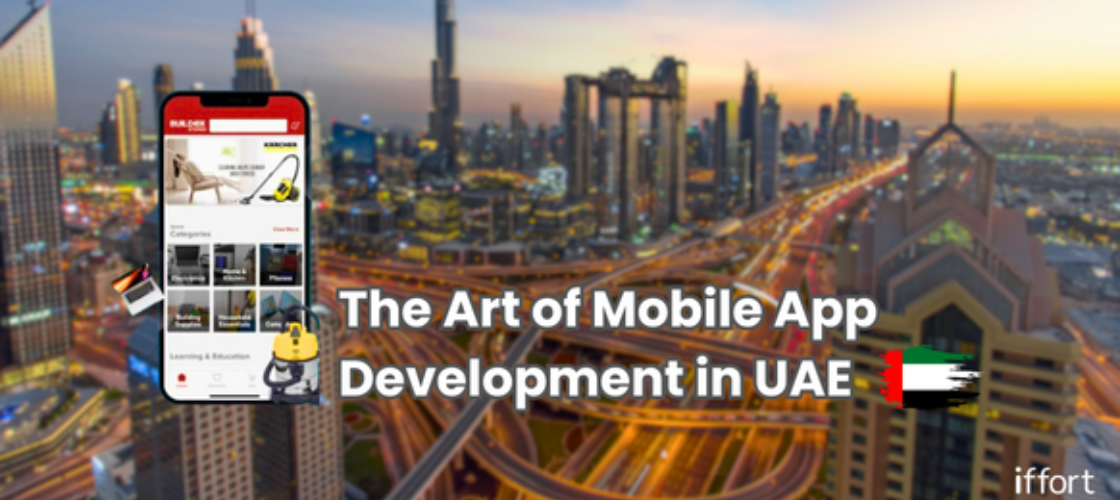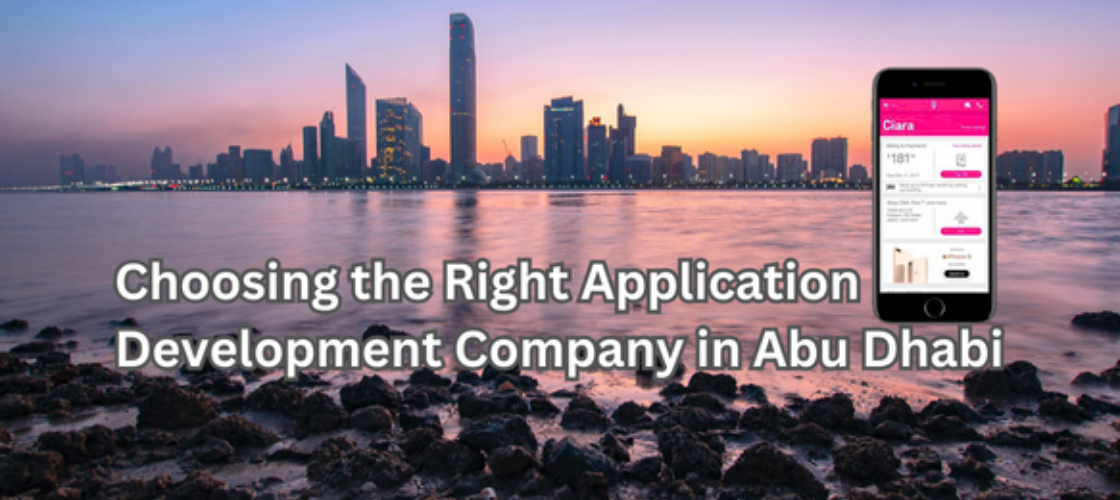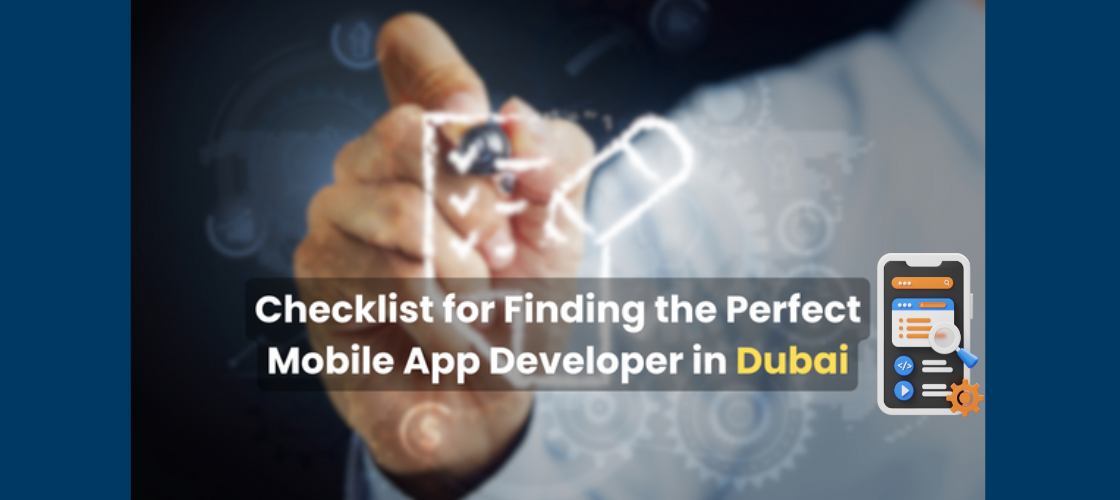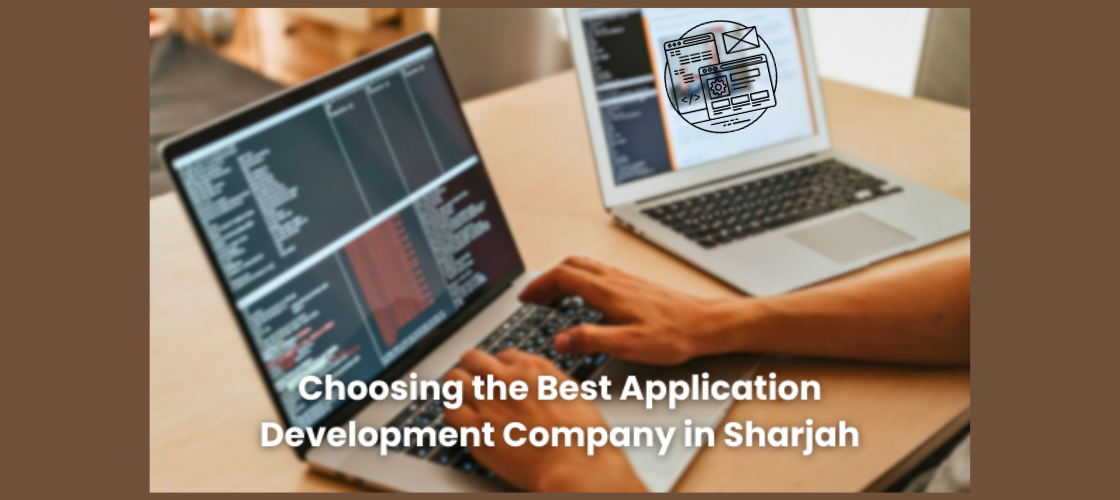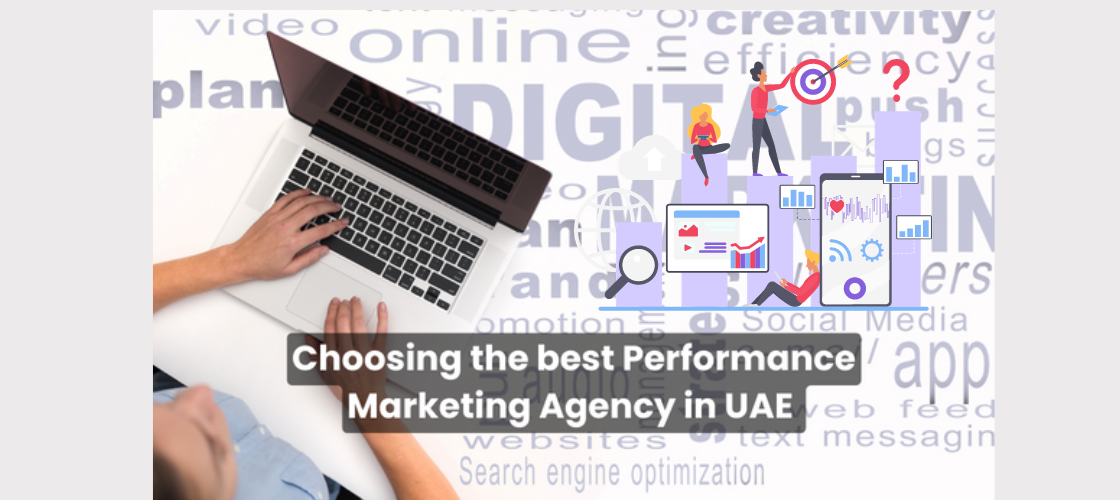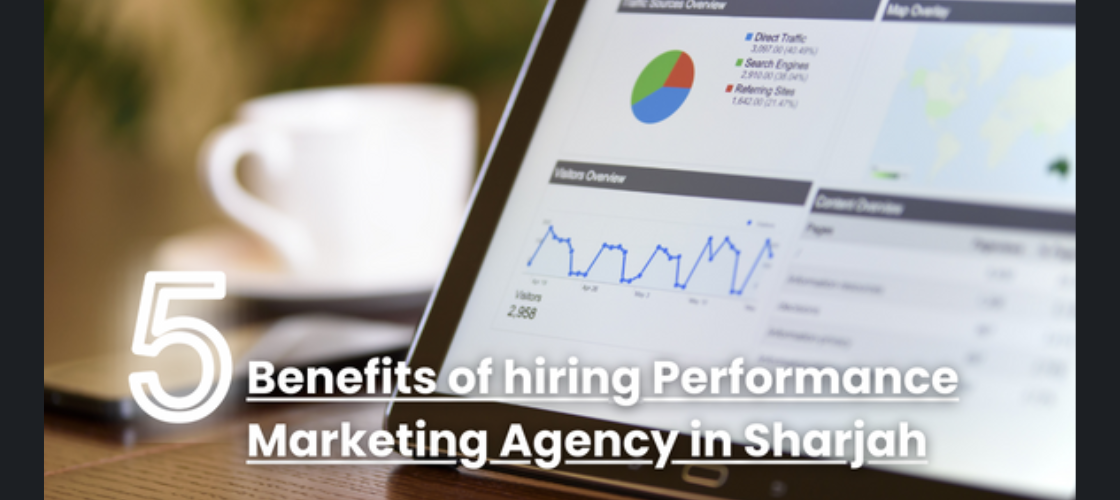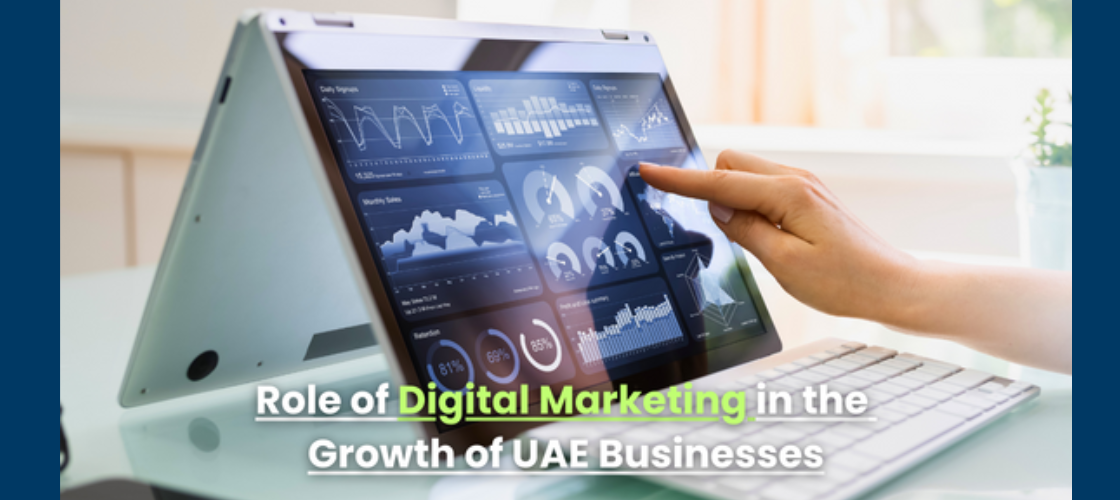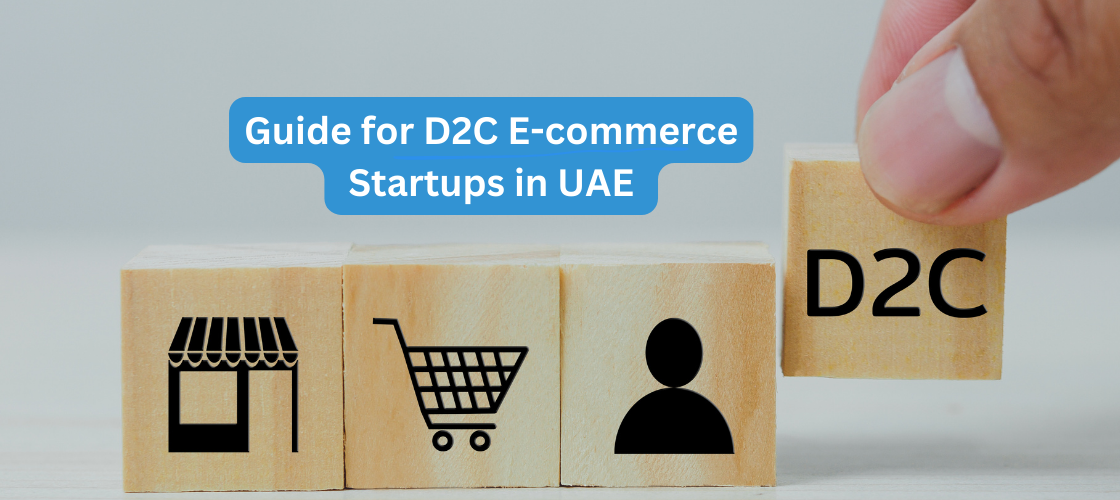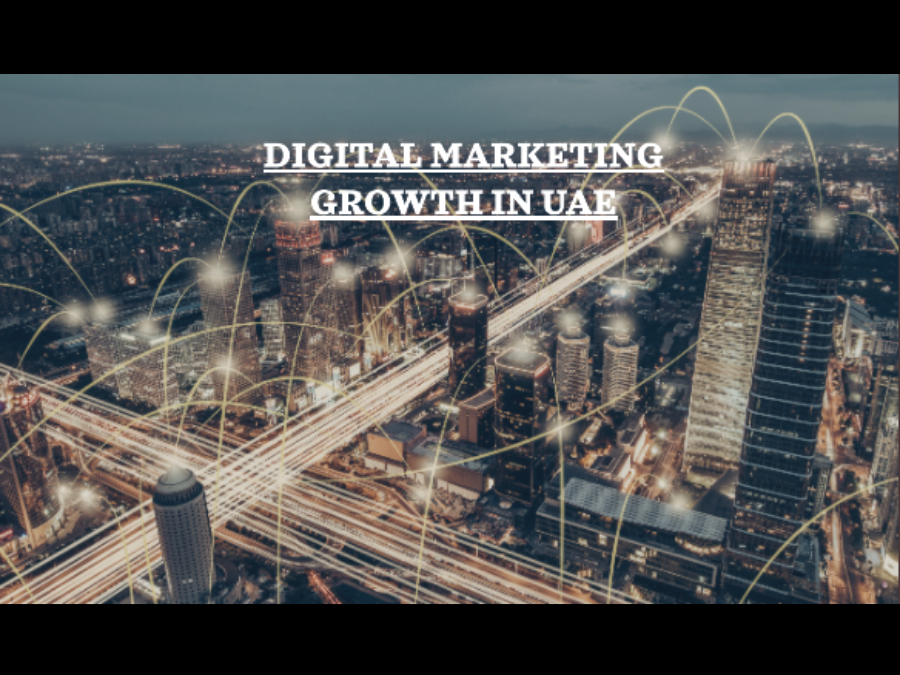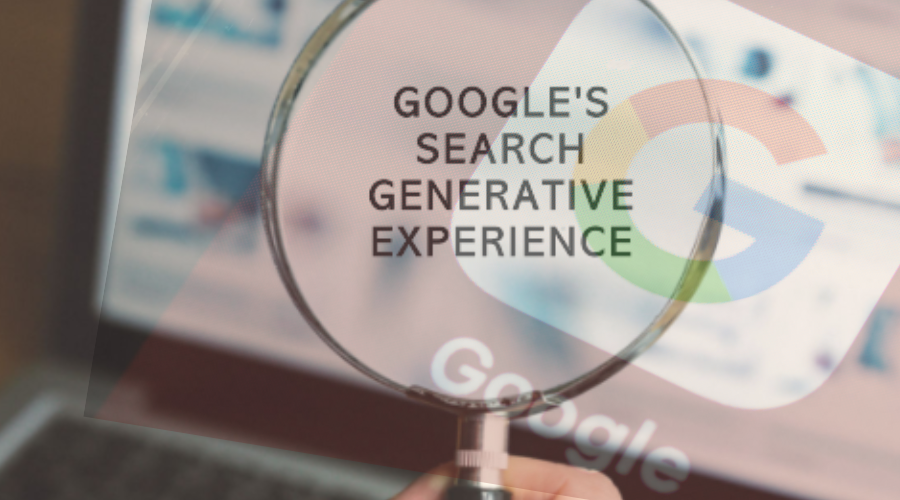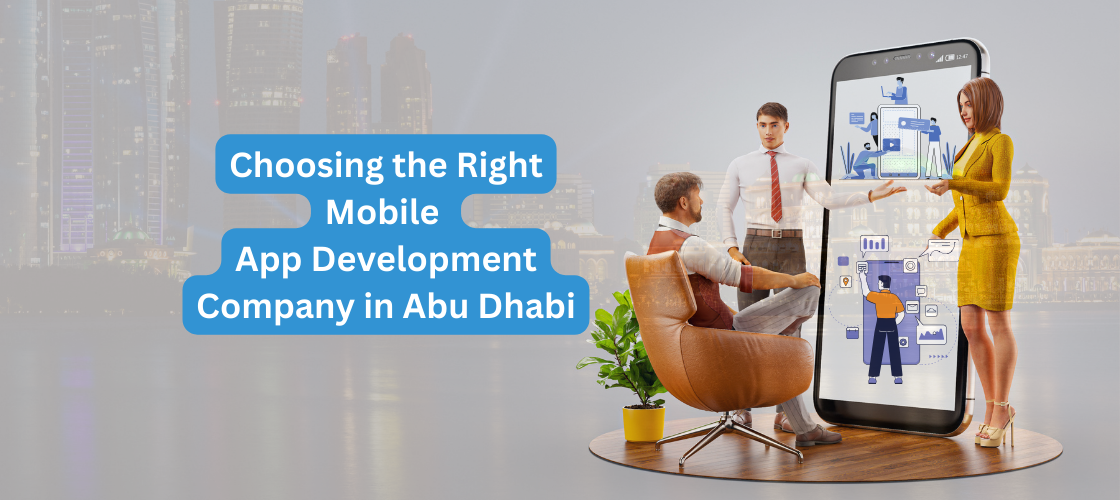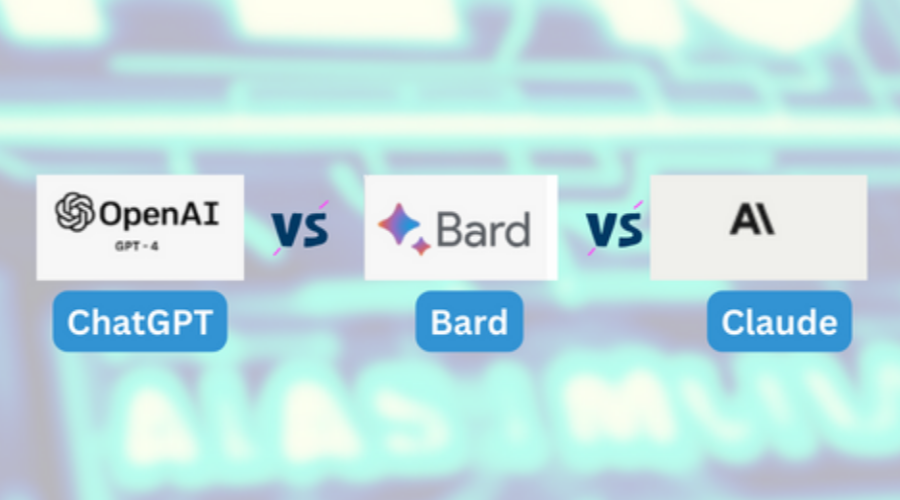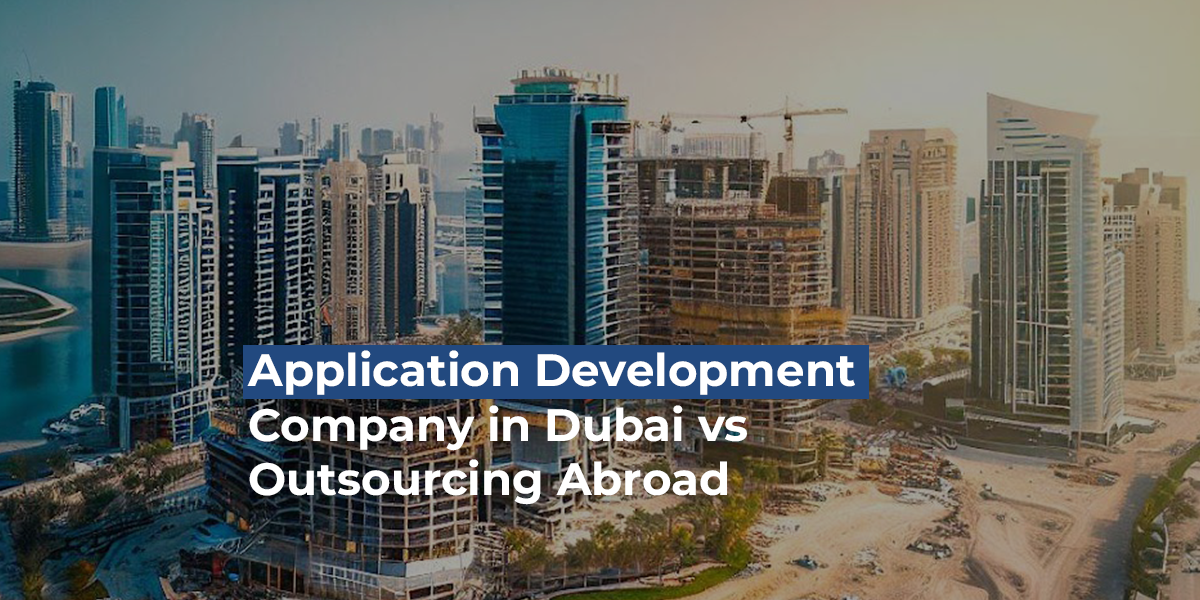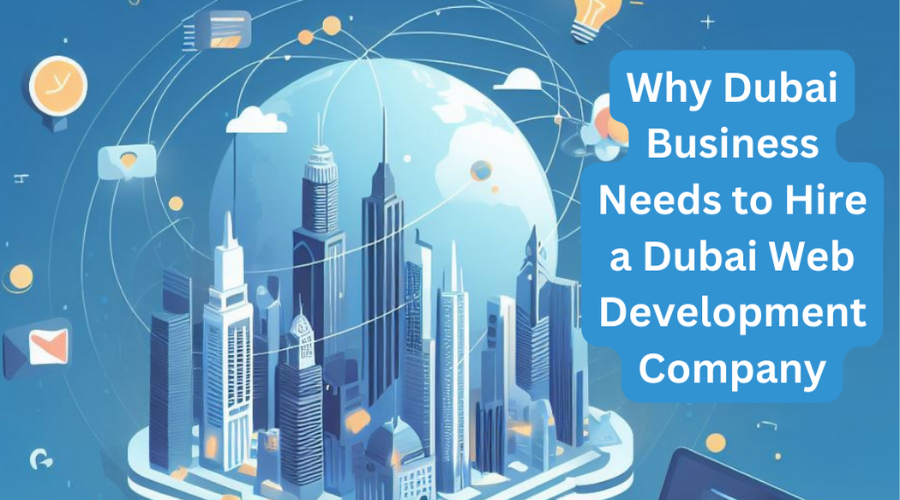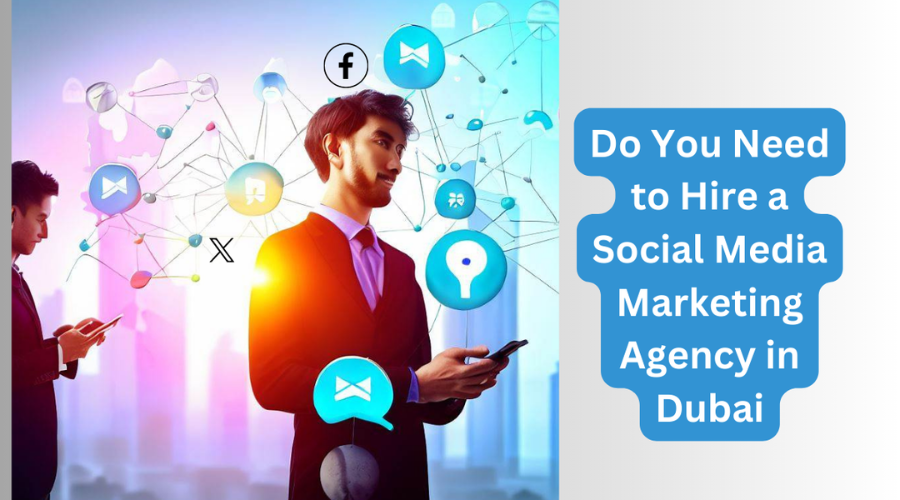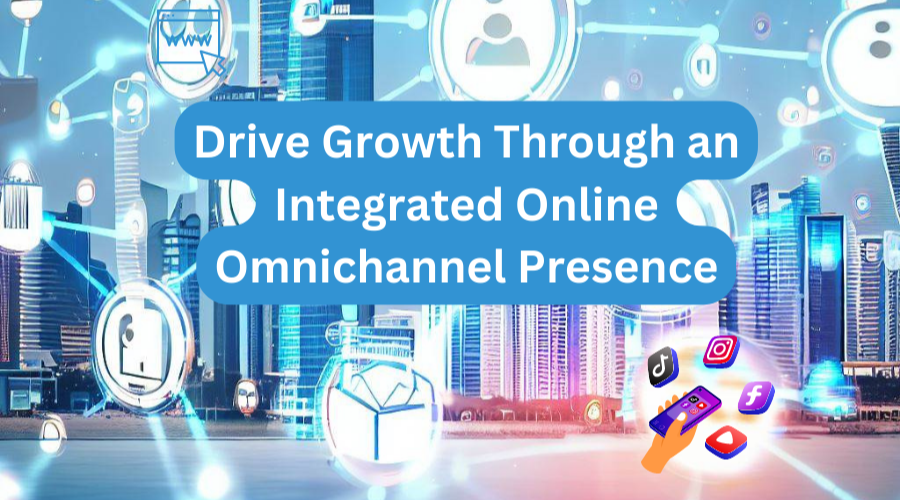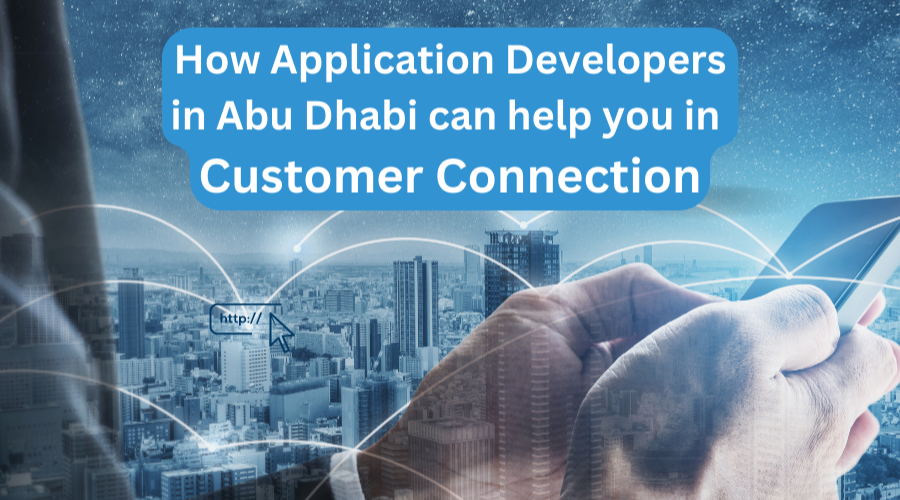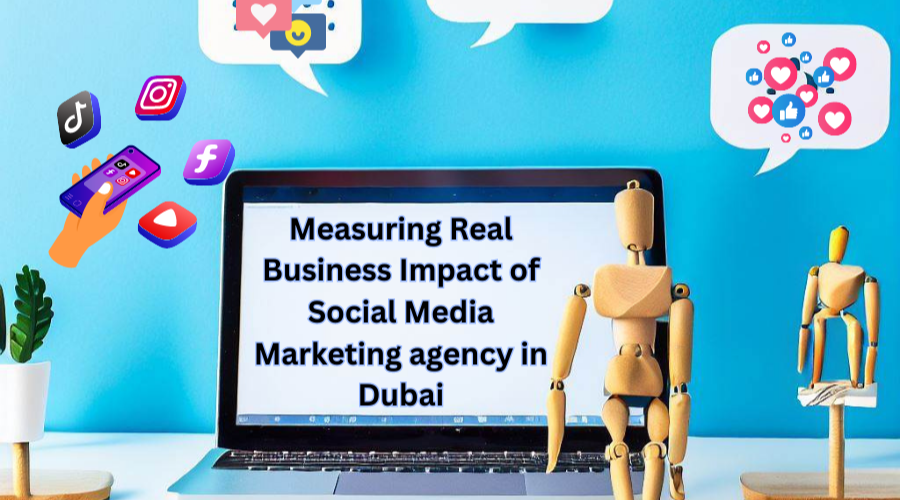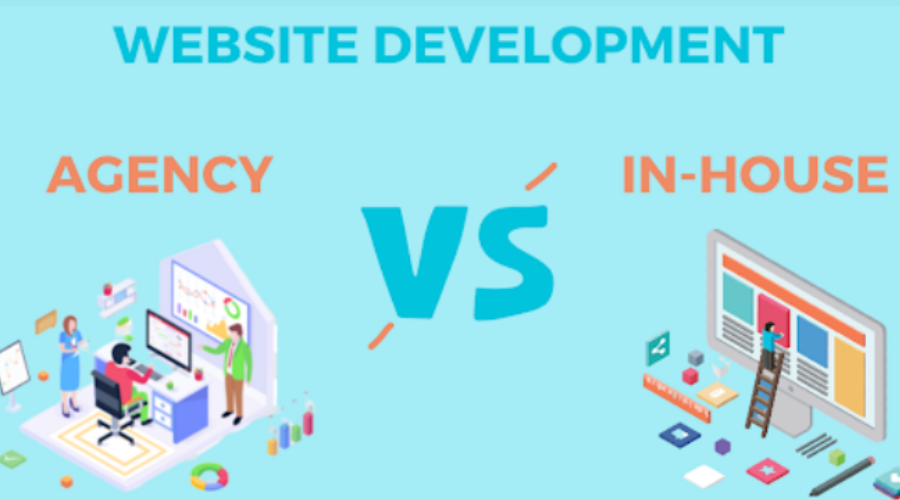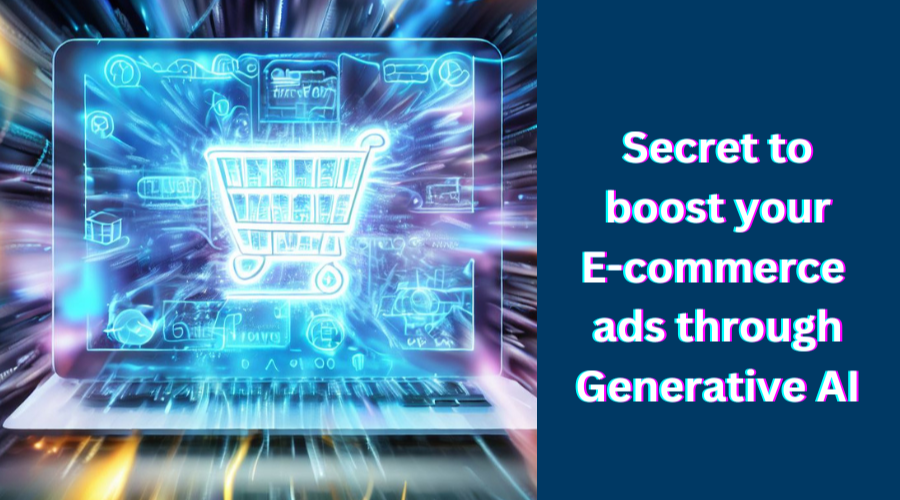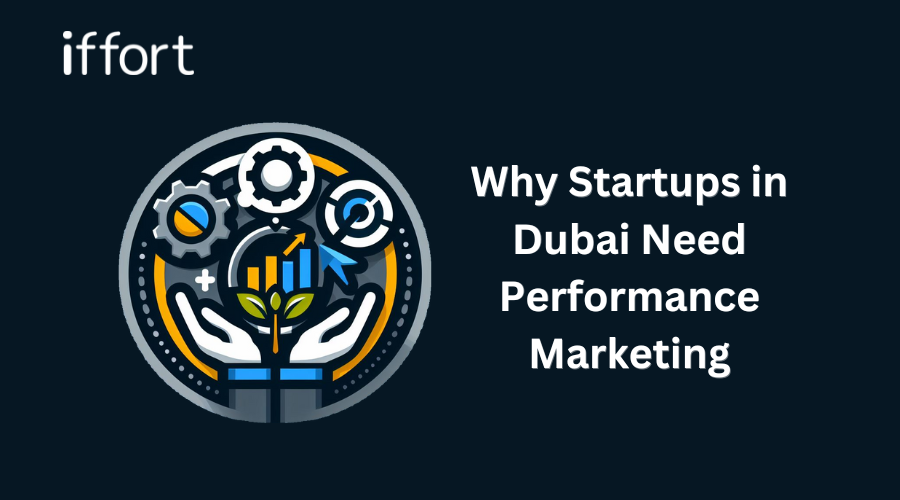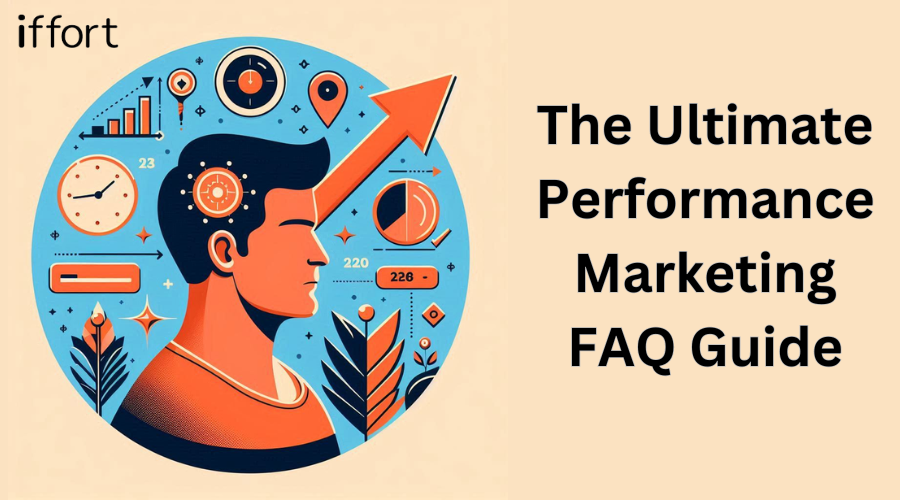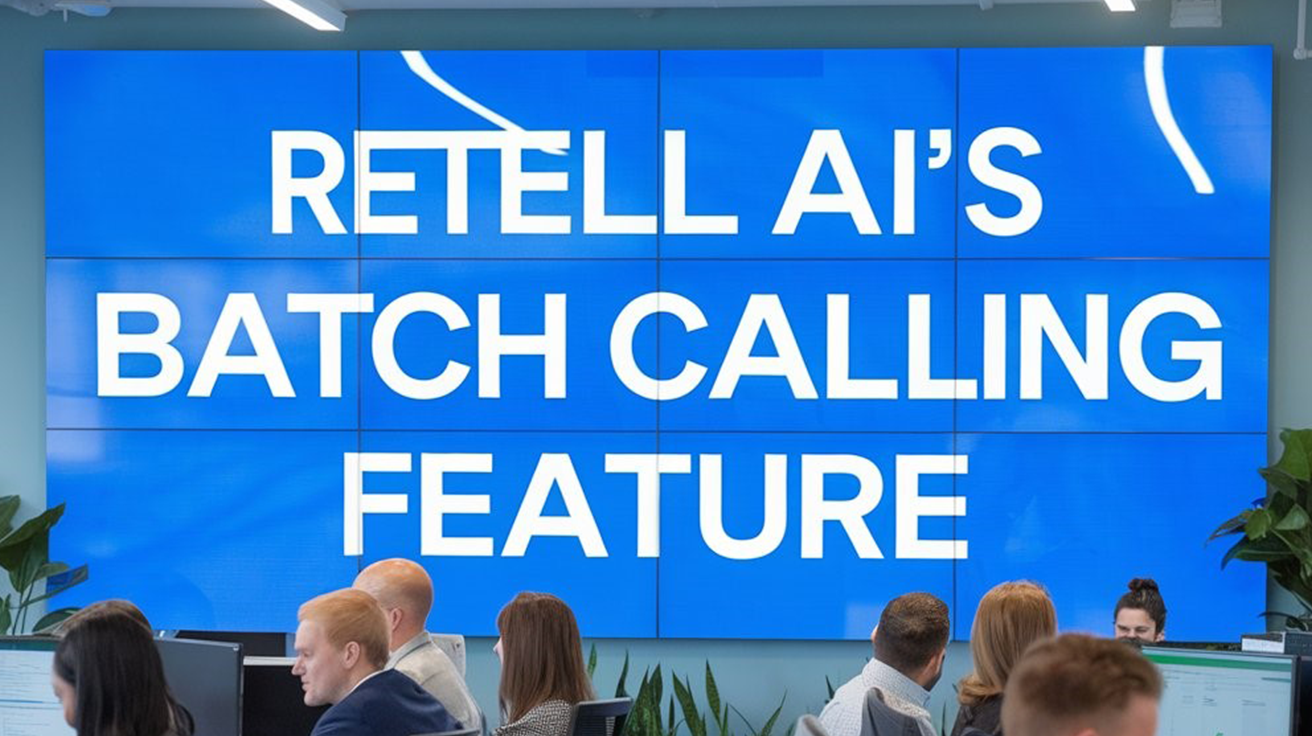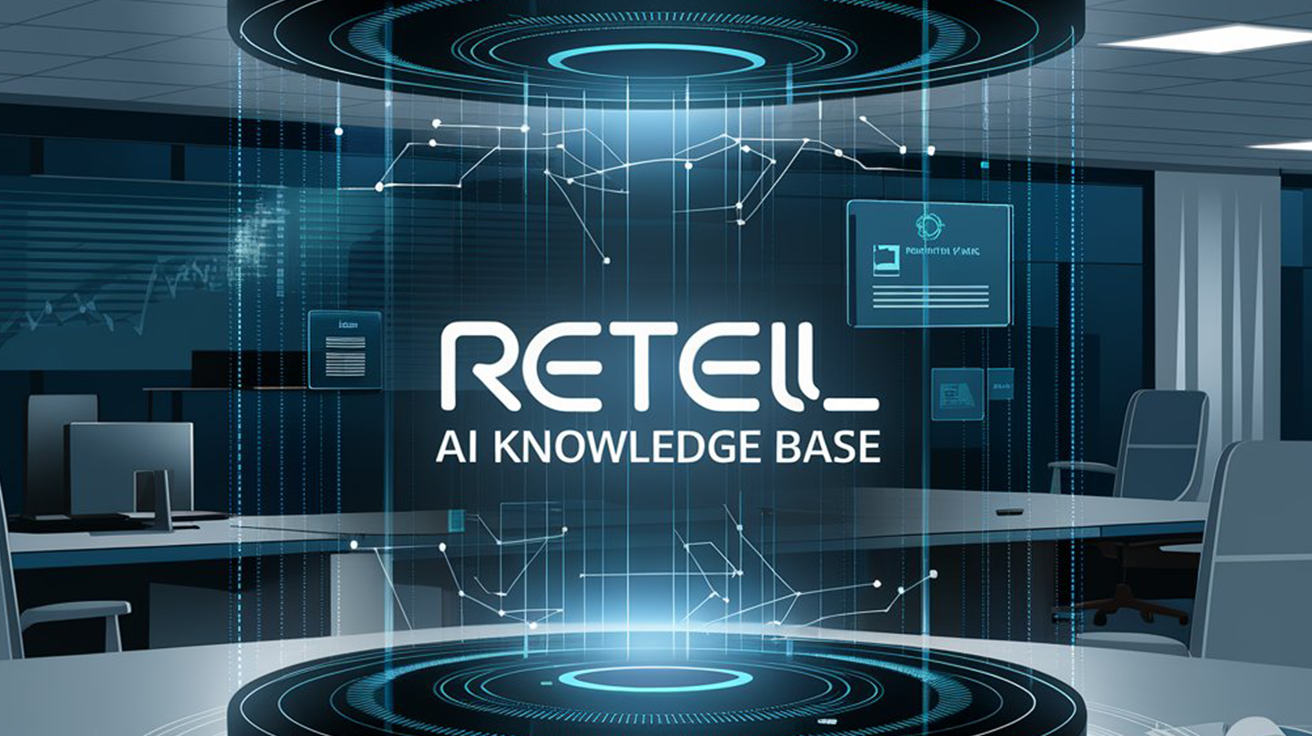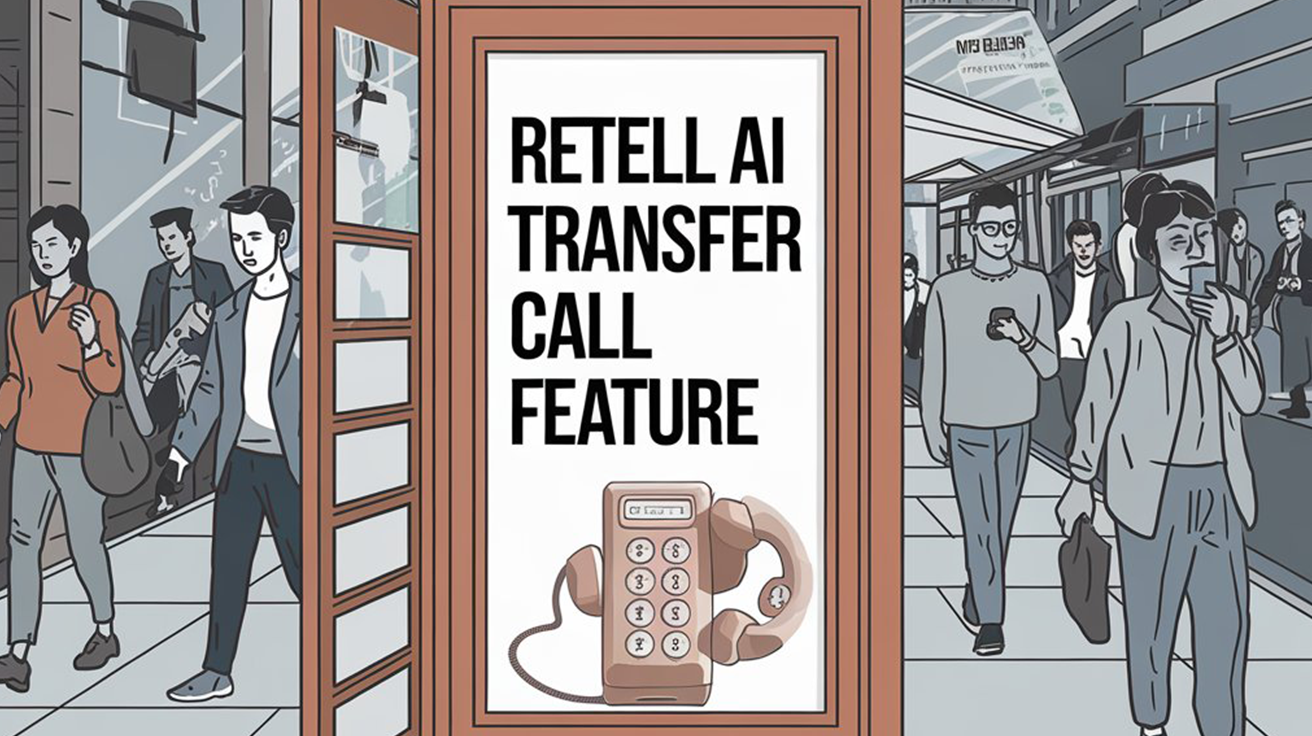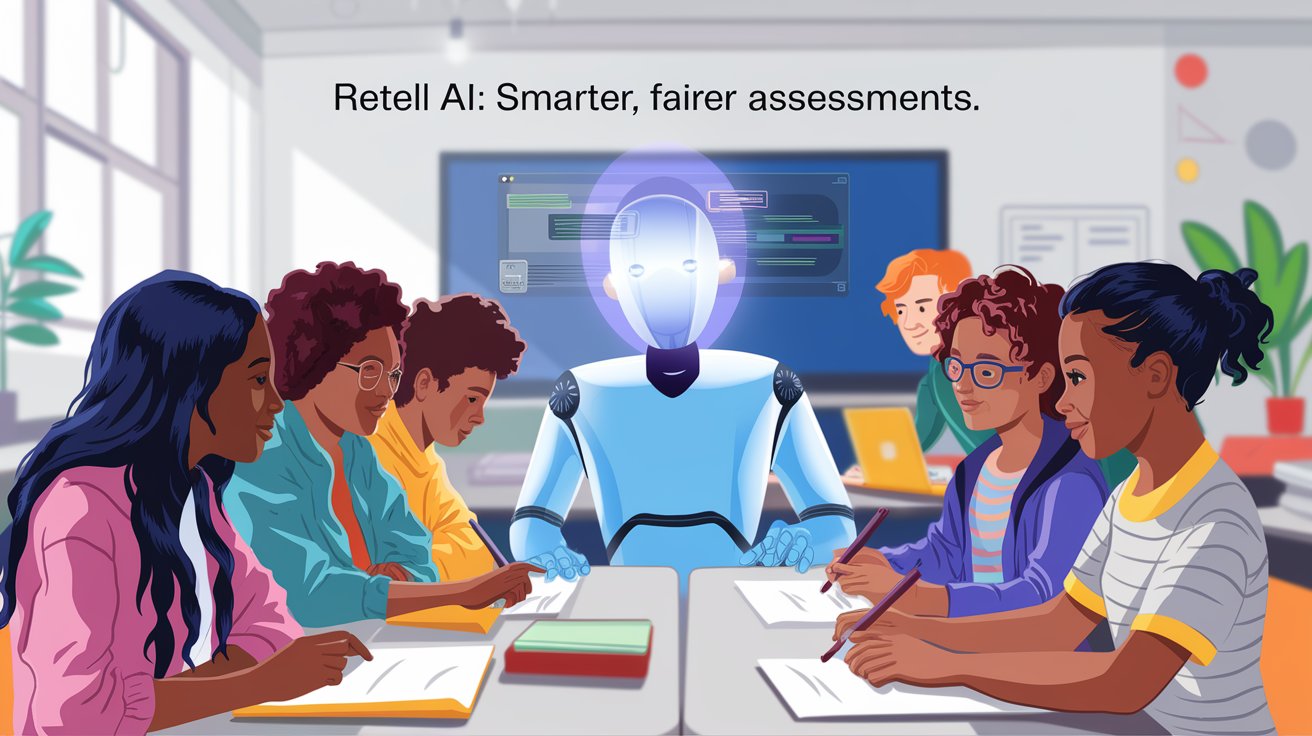- Blog
- How Generative AI and ChatGPT Help Businesses Grow Revenue
- AI Articles , Articles ,
- March 9, 2023
With technology playing an increasingly central role in business operations, the adoption of Artificial Intelligence (AI) is becoming more prevalent. AI has the potential to revolutionise how businesses operate, and Generative AI is one of the key technologies that businesses can leverage to unlock their potential.
According to Acumen research and consulting report, The Global Generative AI Market Size accounted for USD 7.9 Billion in 2021 and is projected to occupy a market size of USD 110.8 billion by 2030, growing at a CAGR of 34.3% from 2022 to 2030.
We will set the context about Generative AI and its benefits for businesses.
What is Generative AI?
Generative AI uses deep learning to create output like text, audio, video, or image from input data. It can produce new data by learning patterns and structures through statistical techniques. This technology has unlimited potential, including generating hyper-realistic pictures, lifelike movies, and credible narratives. One example is the GPT model, which uses Transformer architecture to pre-train models on text data, allowing it to be adjusted for NLP applications. Businesses can use generative AI, specifically the GPT model, to improve customer experience and revenue optimisation in chatbot applications.
What is GPT and How Does it Work?
GPT is a language model that uses Transformers and is trained on vast text data. It uses “masked language modeling” to guess the following word in a given text sequence. Various models and inputs are working at the backend to analyse data for predictions or classifications.
The main 3 layers that help in predicting are crucial, among others.
| Layers | Functions |
| Input Layer | The initial layer tokenises the text data, breaking it into individual words. |
| Encoder Layer | Uses the tokenised words from the input layer to produce an embedding vector for each word. Converts the text data into a numerical representation for further processing. |
| Transformer Layer | Receives the embedding vectors from the encoder layer and produces the text output. Uses a sequence-to-sequence model to take in the encoded input sequence and produce the corresponding output sequence. |
The GPT model’s ability to produce grammatically correct text with a natural language structure is because of several attention heads in the transformer layer. These attention heads learn to weigh the importance of different parts of the input sequence to make a prediction. Each attention head attends to a specific aspect of the input data, such as the position of words in a sentence or the relationship between words. By analysing different aspects of the input data, attention heads allow the model to capture more accurate data from complex patterns.
GPT and Generative AI Platforms
There are several generative AI models, and various platforms are available to maximise generative AI. Businesses may more easily include GPT in their current customer experience and revenue optimisation initiatives because of these platforms.
OpenAI’s GPT-3 is one of the most widely used generative AI systems. GPT-3 is intended to be a general-purpose language model that can produce text that resembles human speech from an input. A sizable dataset of texts from novels, news stories, and other sources served as its training data. The text generated by GPT-3 can be grammatically accurate and have a natural linguistic structure.
Microsoft’s Azure Machine Learning, a well-known cloud-based platform for machine learning (ML), provides a wide range of tools and services for building, training, and deploying machine learning models that include generative AI models like GPT.
There are other open-source machine learning frameworks like TensorFlow and PyTorch. These provide tools and libraries for developing generative AI models such as GPT. It is important to note that integrating such models into an organisation’s customer experience and revenue optimisation efforts requires significant expertise and planning to ensure alignment with the organisation’s goal.
Benefits of Generative AI for Businesses
Using generative AI, businesses may save money, become more efficient, and improve the customer experience. If your business has its own app, you can use GPT and automate responses to customer inquiries, or if you want to make an app, you can hire an app development company to help you develop an app and integrate GPT. Listed below are some of the most significant ways in which businesses might benefit from generative AI:
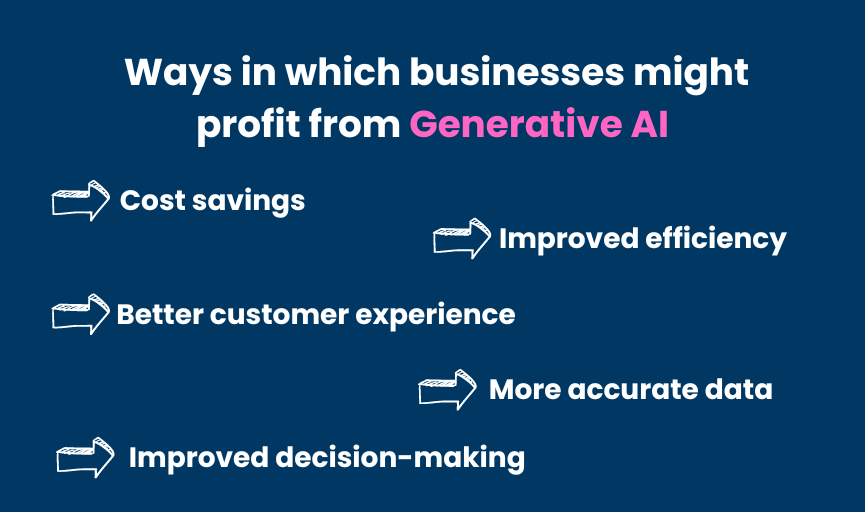
- Cost savings: Generative AI can help businesses reduce costs and increase efficiency by automating tasks and processes. This can be particularly important for small and medium-sized businesses that may not have the resources to hire additional staff or invest in expensive tools and technologies.
- Improved efficiency: Apart from automating content creation, generative AI models like GPT can generate personalised content for the target audience, such as product recommendations or personalised marketing messages. This can lead to increased customer engagement, loyalty, and revenue.
- Better customer experience: Generative AI may be used to create customised content that can assist organisations in providing a better customer experience. Besides, it can also help provide product recommendations based on customer data such as purchase history and browsing behaviour can enhance the customer experience.
- More accurate data: Generative AI models can be used for enhanced risk management and fraud detection with clean and preprocessed data, removing unnecessary noise, errors, and inconsistencies. This ensures data is clean and reliable, leading to more accurate predictions which can aid organisations in making better decisions.
- Improved decision-making: With the help of generative AI, jobs like data analysis, image and video editing, and content production may be automated, freeing up time and resources for more strategic endeavours. This, along with precise and trustworthy data, helps with making decisions that are effective.
Benefits of GPT for Maximising Revenue
GPT is a great language model for organizations to enhance customer service and experience since it can generate language that sounds like human speech. Businesses can use GPT to build personalised, automated responses and product suggestions that boost customer happiness and loyalty. Furthermore, GPT can be utilised to develop customised content and adverts to increase client engagement and retention, ultimately resulting in better sales and revenue. Customized product recommendations enhanced consumer engagement and pleasure in Walmart and Amazon, two companies successfully implementing GPT.
Conclusion
Generative AI models like GPT have the potential to provide cost savings, increased efficiency, and improved customer experience, but it goes without saying that it is important to use them ethically and safely to prevent data breaches.
If you’re looking to revolutionise your business, ChatGPT is a great option. With its powerful AI-powered chatbot and its ability to integrate with other platforms, ChatGPT can help you provide an engaging and personalised experience for your customers. Connect with Iffort, and we can help you in developing and integrating chat GPT to your business.

